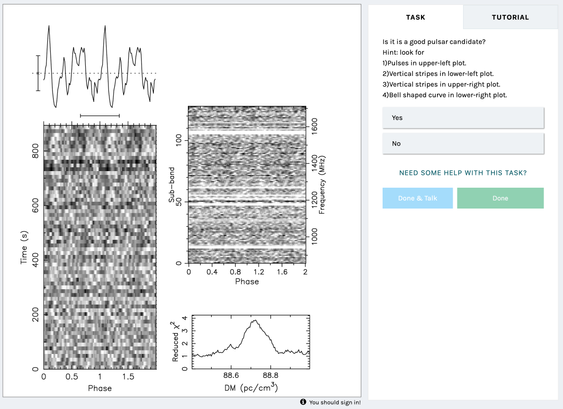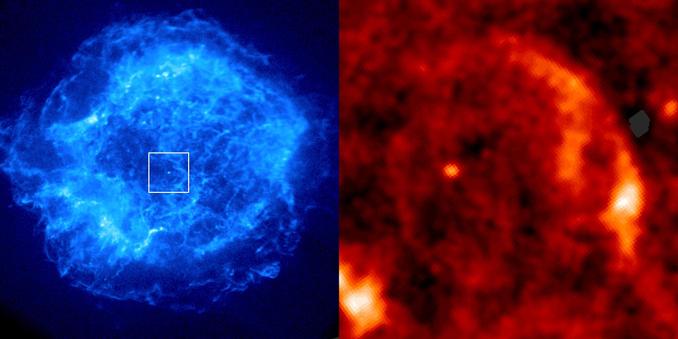🥳 Happy 20th birthday, Einstein@Home! 🎉
The distributed volunteer computing project was launched on this day in 2005.
Since the launch of @einsteinathome on 19 February 2005, nearly half a million participants from around the world have donated idle computing time on their PCs and smartphones to search for astrophysical signals from spinning neutron stars – small, massive, and exotic remnants of exploded stars.
Einstein@Home is one of the world’s largest volunteer computing projects and a scientific success story: It has discovered more than 90 new neutron stars, some of them very unusual, through their radio and gamma-ray pulsations. It is also conducting some of the most sensitive searches for continuous gravitational waves from unknown neutron stars in @LIGO data. Finding the elusive waves would provide a new astronomical tool for studying extreme gravity and matter and fundamental physics.
ℹ️ https://www.aei.mpg.de/1226437/happy-20th-birthday-einstein-home
➡️ Join the fun at https://einsteinathome.org/join
#20YearsOfEinsteinAtHome #OnThisDay #OTD #CitizenScience #DistributedComputing #NeutronStars #GravitationalWaves #Pulsars





